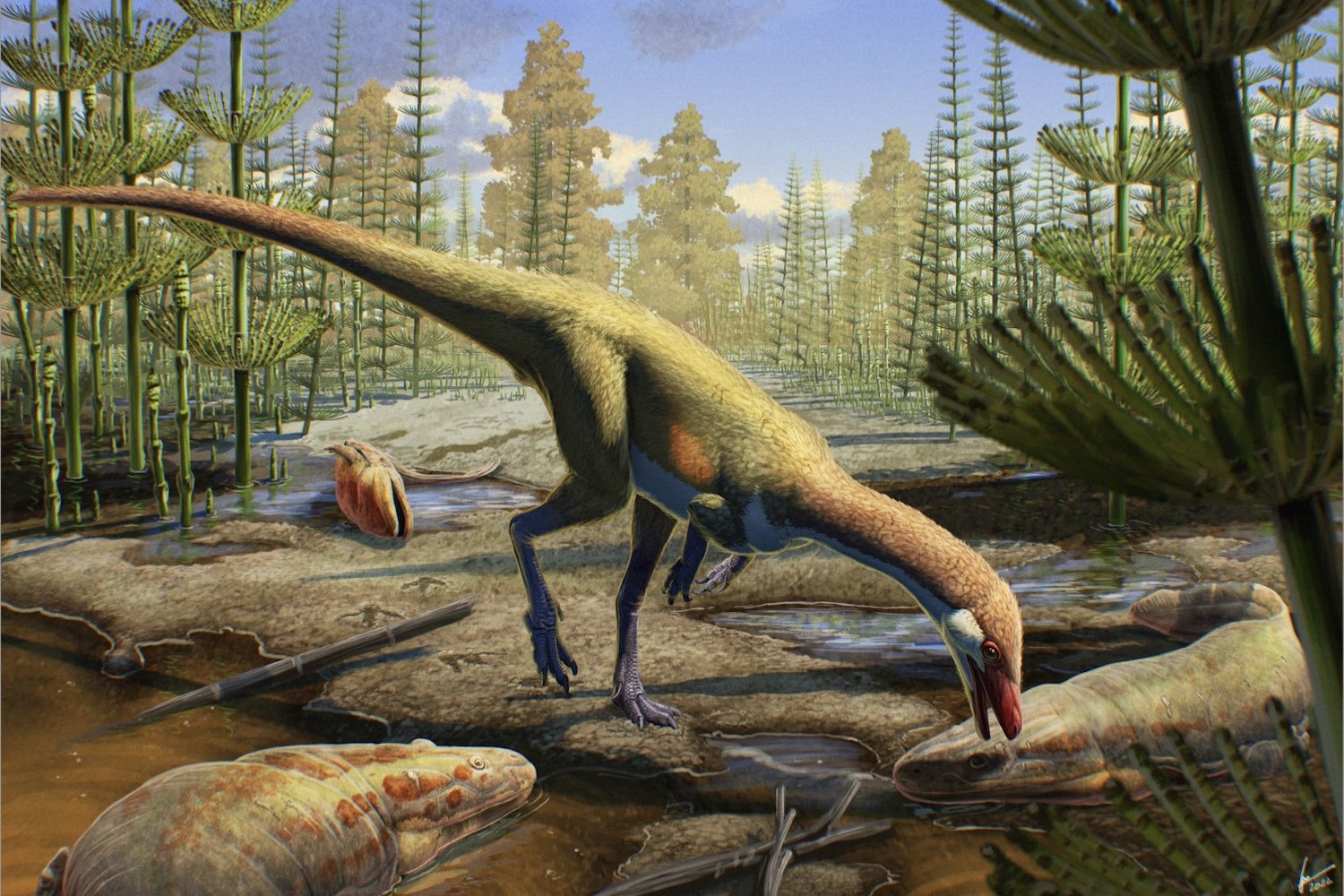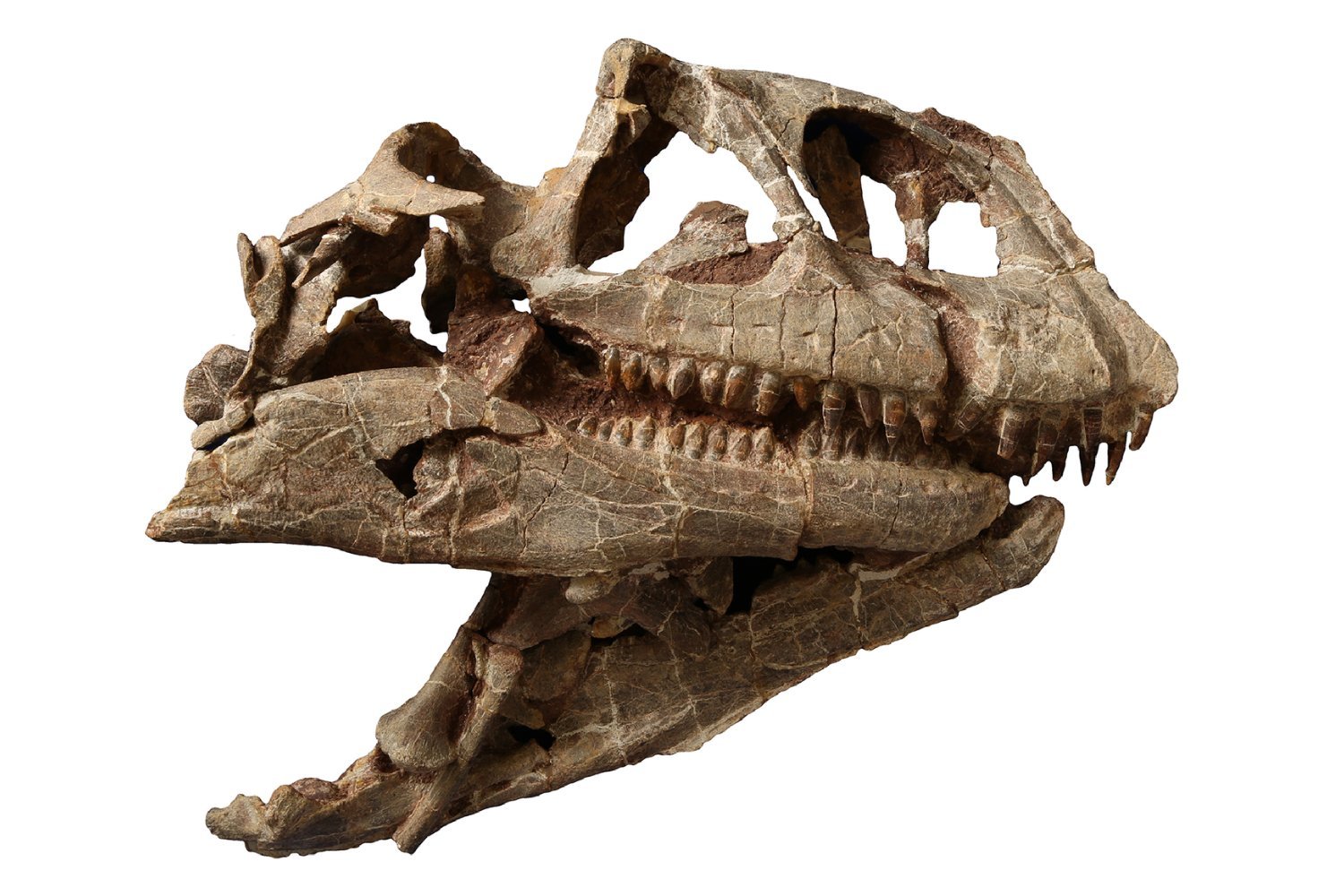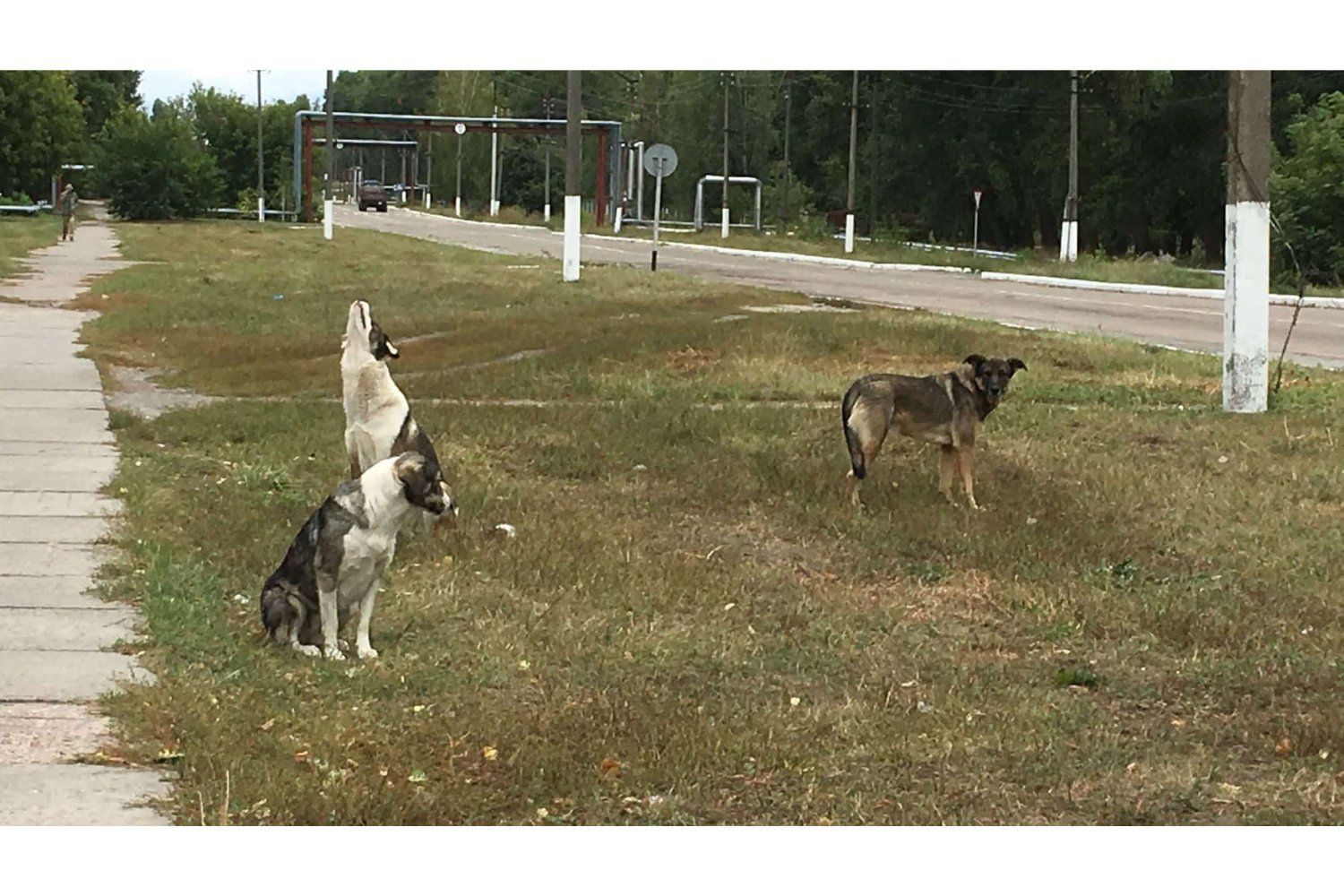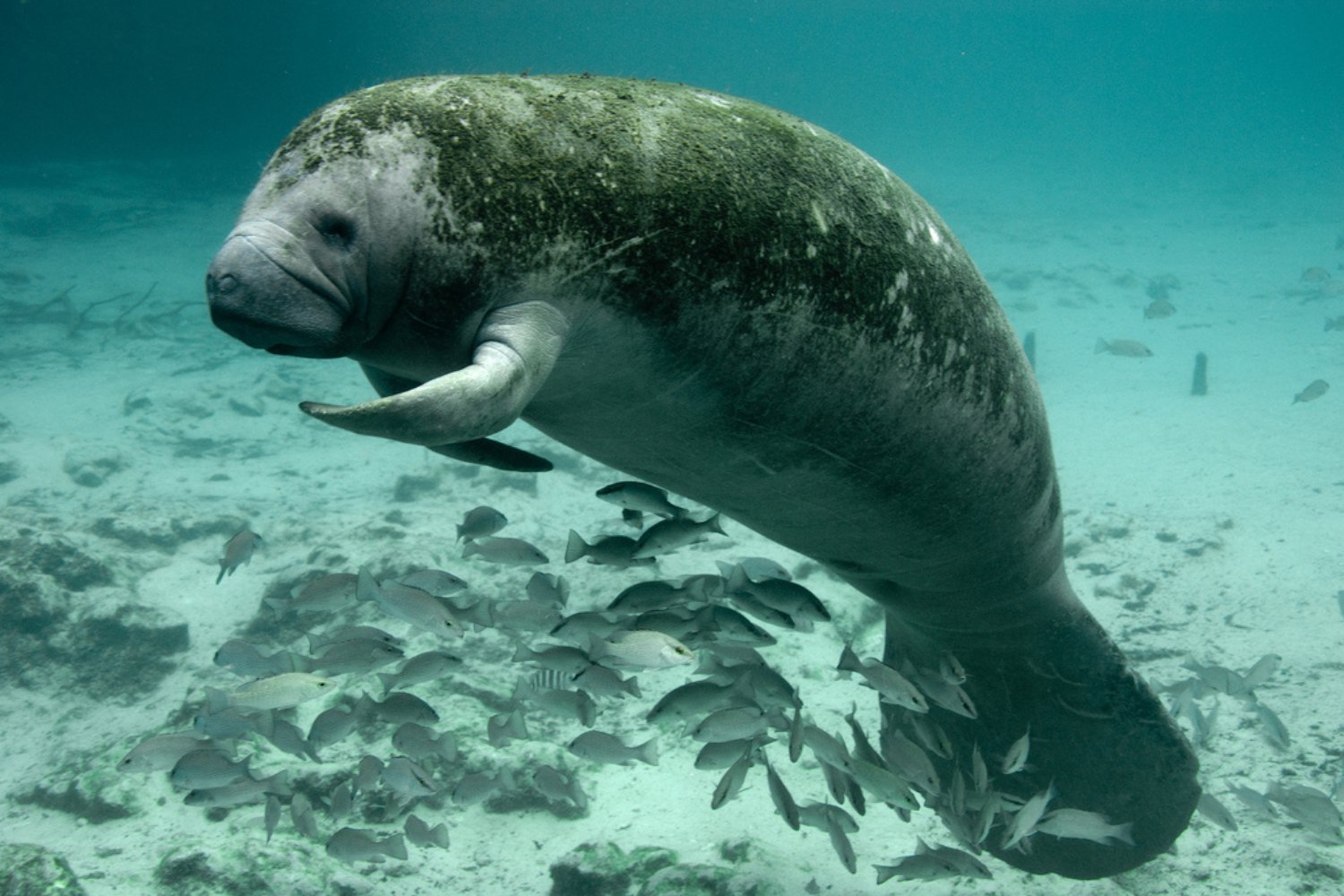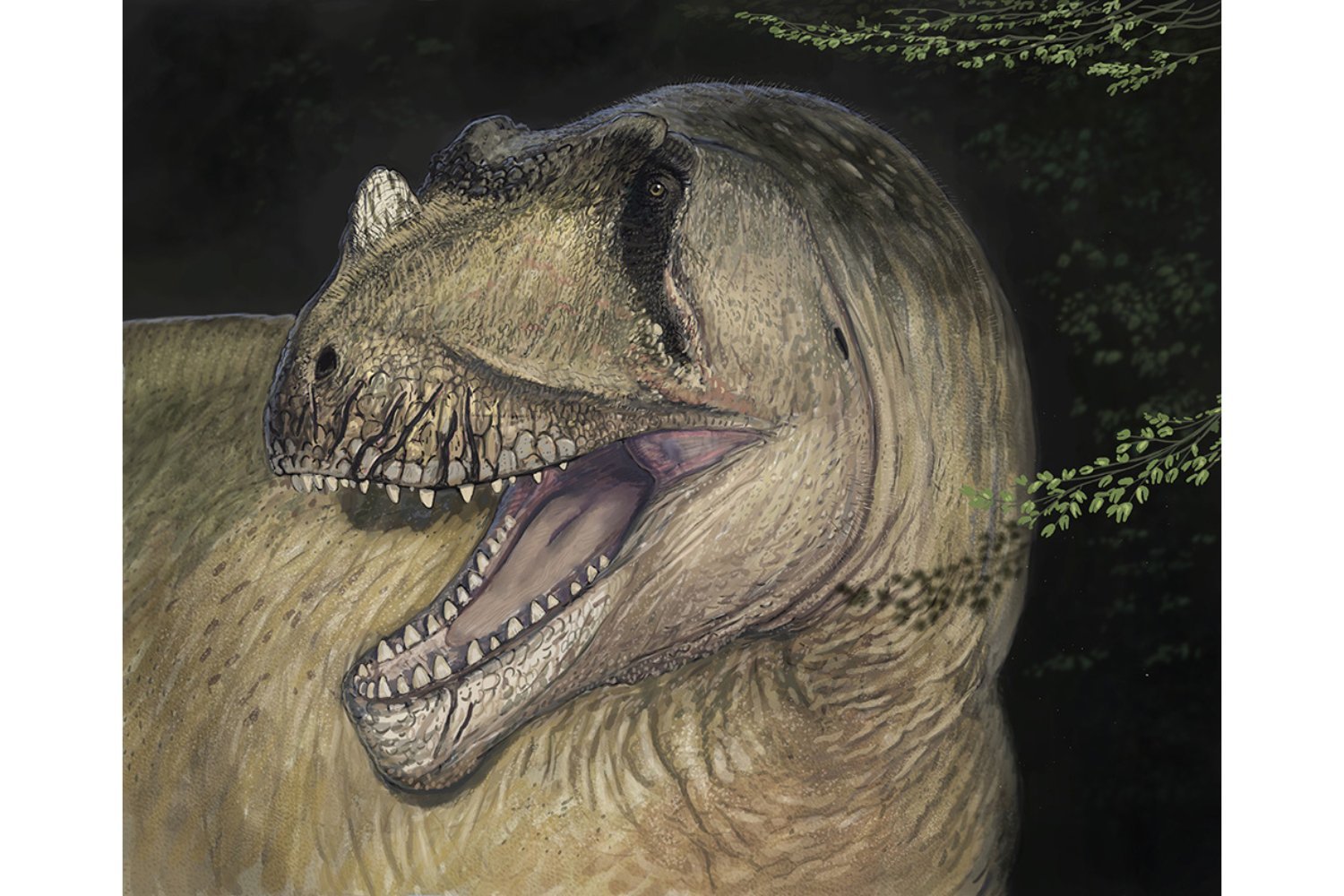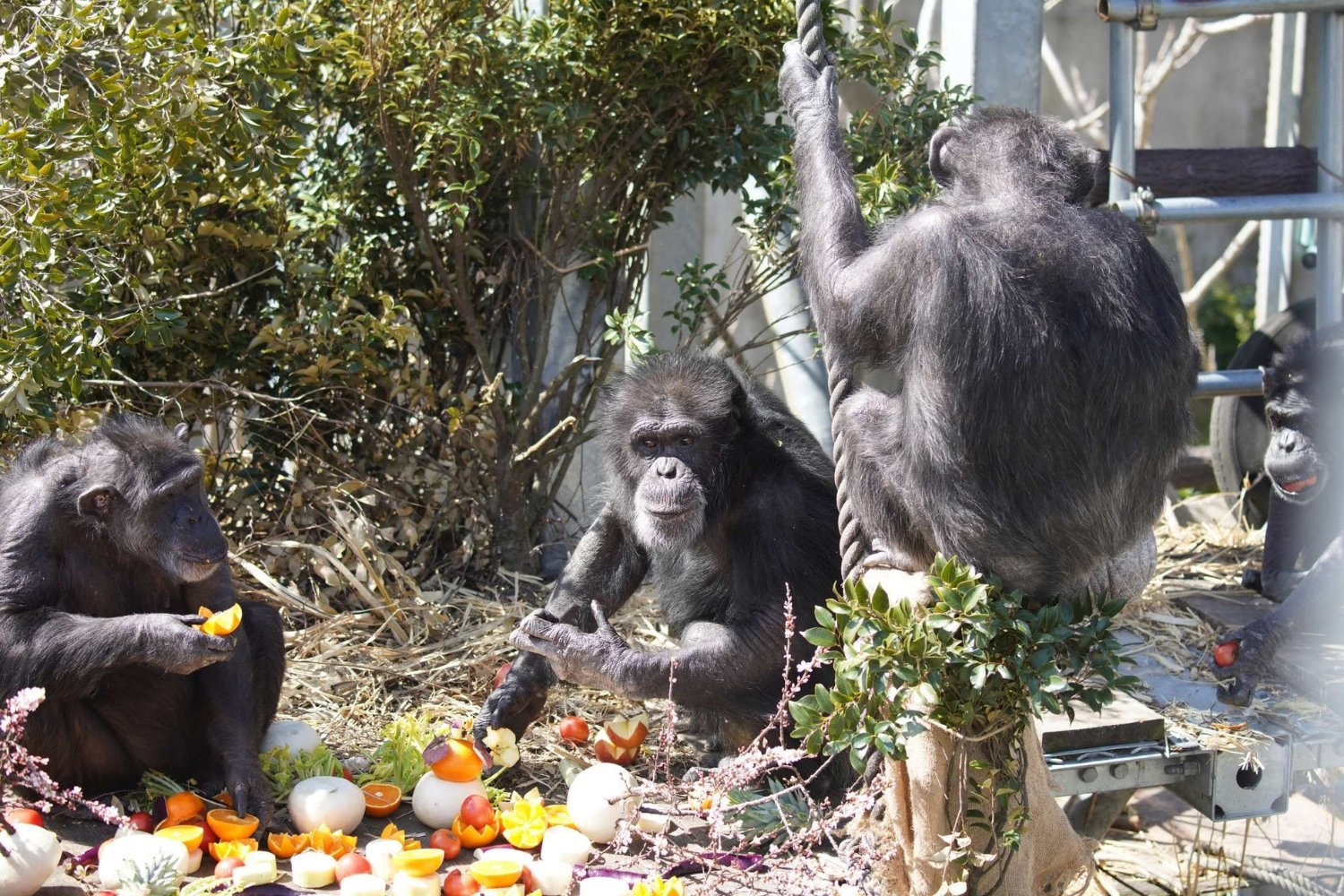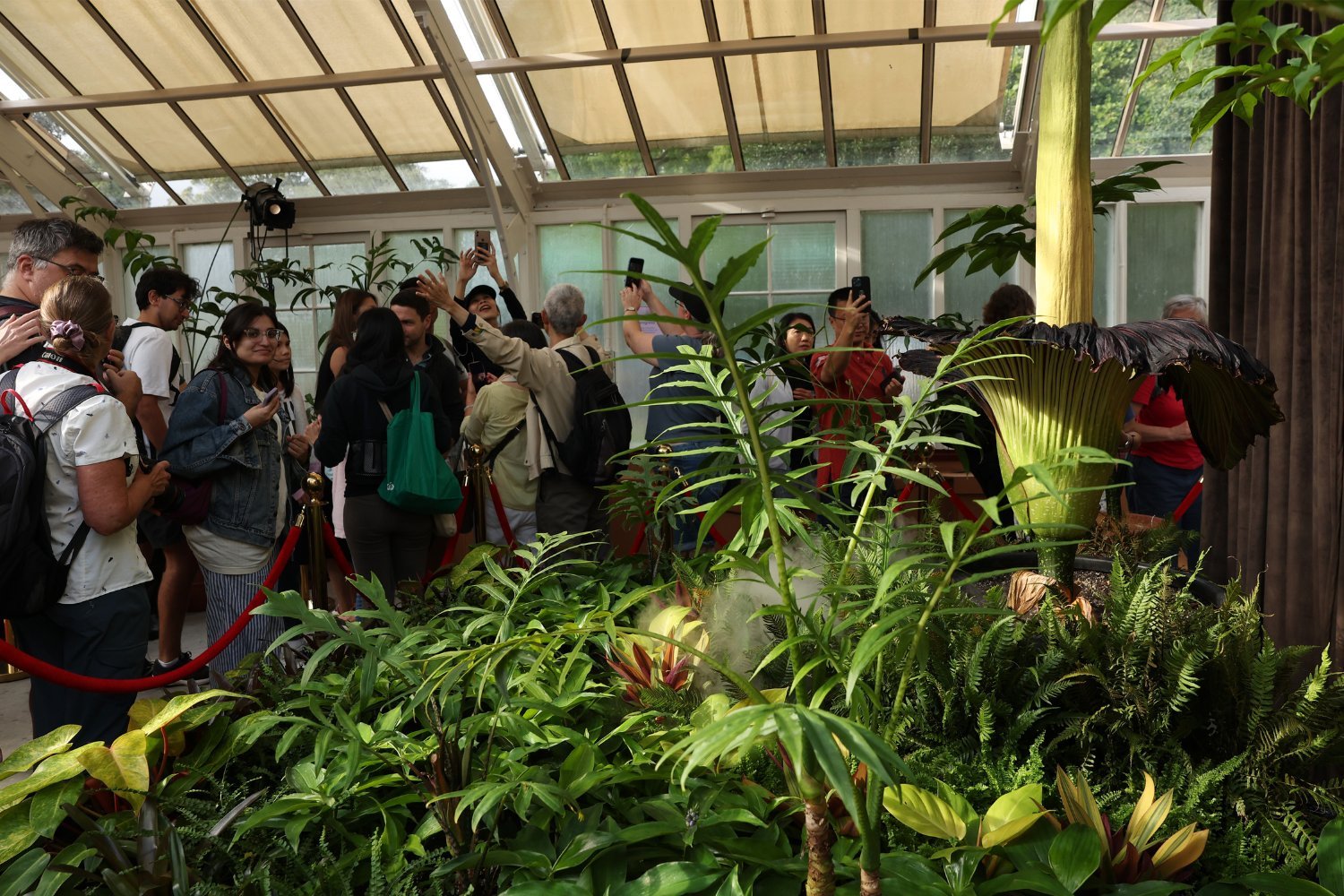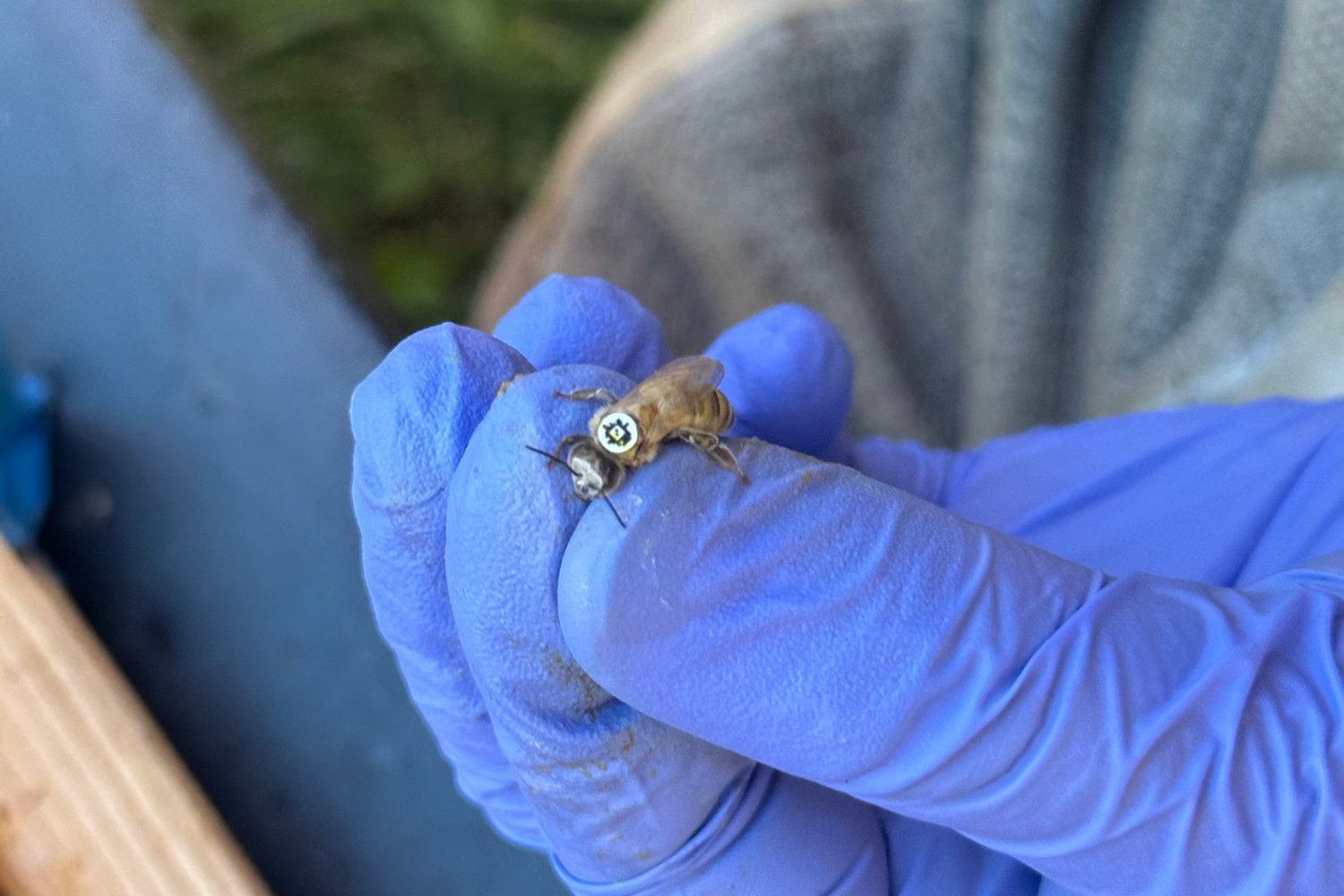For decades, paleontologists have theorized that dinosaurs originated in the southern region of the supercontinent Pangea, spreading north millions of years later. However, a groundbreaking discovery of a new dinosaur species in Wyoming is challenging this long-held belief. This new evidence suggests dinosaurs roamed the northern hemisphere far earlier than previously thought, potentially rewriting our understanding of dinosaur evolution.
The discovery, detailed in a January 8 study published in the Zoological Journal of the Linnean Society, centers around fossilized remains unearthed in Wyoming in 2013. This area, now part of North America, was situated near the equator on Laurasia, the northern half of Pangea, over 200 million years ago. While fragmented, the fossils were identified as belonging to a new species named Ahvaytum bahndooiveche, likely an early relative of sauropods.
A Small Giant’s Ancestor
Unlike the massive, long-necked sauropods we often picture, Ahvaytum was surprisingly small. “It was basically the size of a chicken but with a really long tail,” explained Dave Lovelace of the University of Wisconsin Geology Museum, who co-led the study. This finding reinforces the understanding that dinosaurs didn’t start out as colossal creatures. The adult Ahvaytum specimen measured just over a foot tall (30.5 centimeters) and about three feet long (91.4 cm).
Rewriting the Timeline
The age of the Ahvaytum fossils is the most significant aspect of this discovery. Using radioisotopic dating, researchers determined the rock layers containing the fossils to be approximately 230 million years old, making Ahvaytum the oldest known dinosaur from Laurasia. This age is comparable to the earliest known dinosaurs from Gondwana, Pangea’s southern half. This challenges the established theory of a southern origin and delayed northern migration of dinosaurs.
A Collaborative Naming
The discovery site lies within the ancestral lands of the Eastern Shoshone Tribe. In recognition of this, the researchers collaborated with tribal members, including elders and students, to select the dinosaur’s name. Ahvaytum bahndooiveche translates to “long ago dinosaur” in the Eastern Shoshone language, honoring the historical connection to the land and its ancient inhabitants.
Further Discoveries and Implications
The research team also uncovered other significant findings in the area. A dinosaur-like footprint in even older rock layers suggests dinosaurs or their close relatives inhabited Laurasia even earlier than Ahvaytum. Additionally, a newly described amphibian fossil, also named in the Eastern Shoshone language, was discovered, enriching the understanding of the region’s ancient ecosystem.
A New Understanding
The discovery of Ahvaytum presents compelling evidence that challenges existing theories about dinosaur dispersal across Pangea. This small but significant dinosaur offers a clearer picture of the early stages of dinosaur evolution, suggesting a more complex and potentially simultaneous emergence in both northern and southern regions of the supercontinent. The collaborative naming process also underscores the importance of recognizing and respecting indigenous knowledge and history in scientific discoveries.



